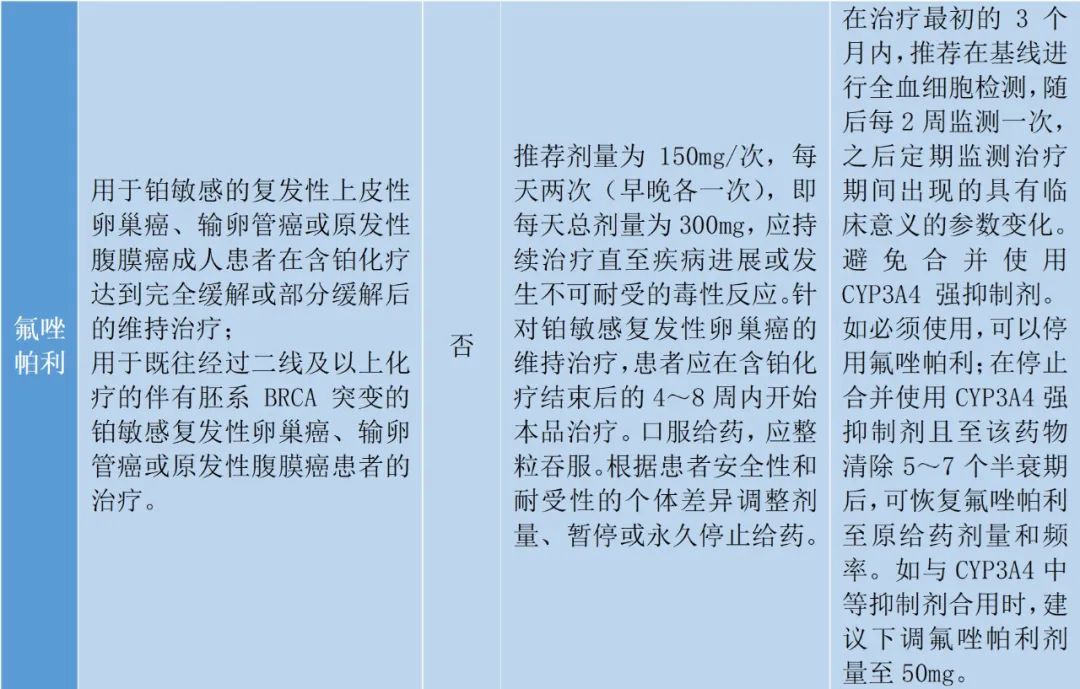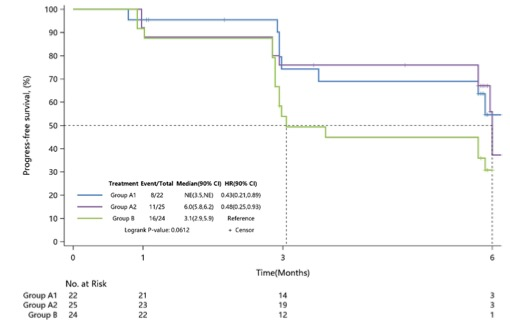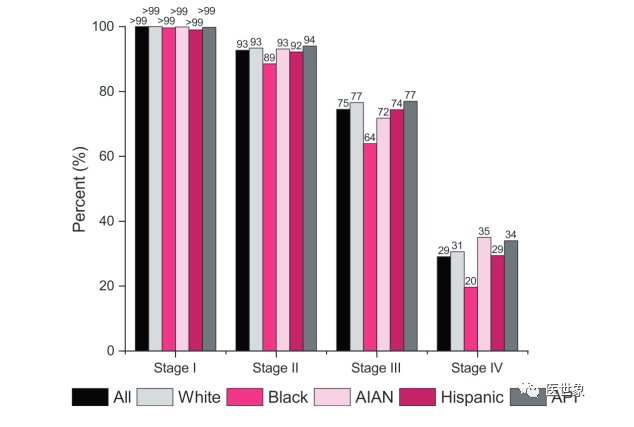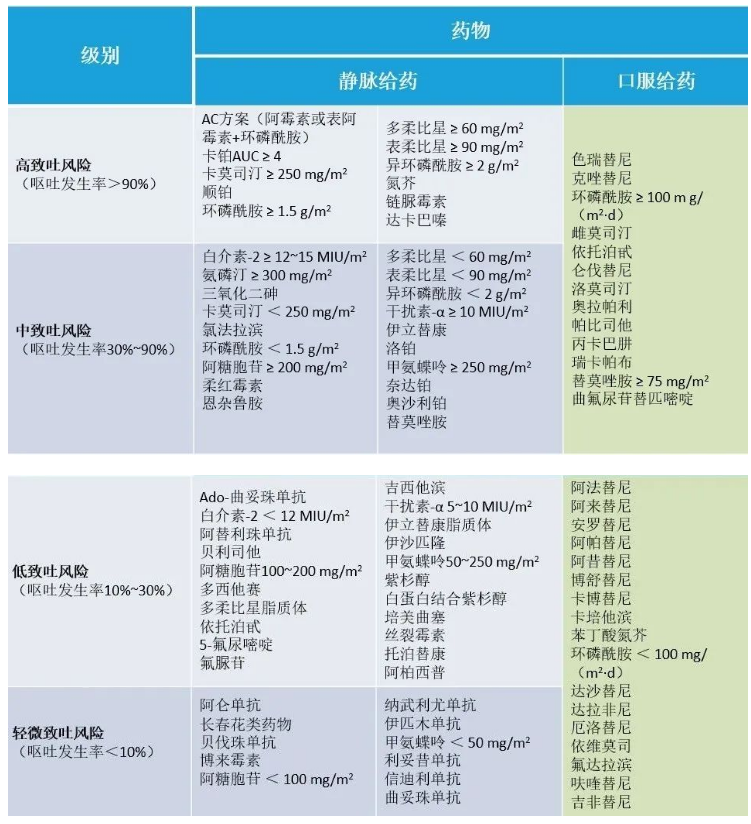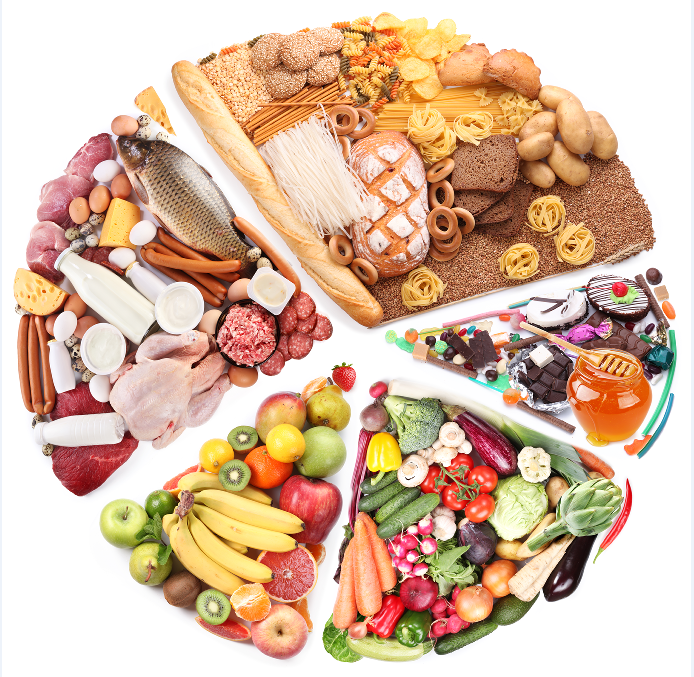How long do you commute to work every day?
According to the 2022 Commuter Monitoring Report of China's Major Cities released by the China Institute of Urban Planning and Design, the commuting within 5 kilometers is defined as happy commuting, and the commuting with a one-way time of more than 60 minutes is called "extreme commuting".
The results showed that more than 14 million people in 44 cities suffered from extreme commuting, and nearly 6 million young people. Among the 44 major cities in China, the proportion of commuting with a one-way time of more than 60 minutes is 13%.
A few days ago, media reported that a commuter from Xiaoshan to Yuhang needed 23 subway stations, with a 3-hour trip reserved. A post-95 girl, it takes 3 hours to commute from the town to the city by bus, but once she misses a trip, she needs to wait another 20 minutes.
Not long ago, 021 video reported that a girl surnamed Jin, who lives in Zhujing Town, Jinshan District, Shanghai, works in Yangpu District Bay Valley Science Park, 100 kilometers a way. She commutes 6.5 hours a day. She gets up at 5:20 in the morning to almost catch up with 9 o'clock.
Although there is a car, the monthly highway fee+fuel fee+parking fee is 5000 yuan, which is not affordable. In addition, in the morning and evening rush hours, it takes nearly 2 hours to make a one-way trip.
It is understood that in 2021, Beijing will have the largest commuting space scale, with a radius of 41 kilometers.
In California, more than 1.5 million people commute more than 2 hours a day, of which 3% commute more than 3 hours a day. Long commutes may be harmful to health, while people who stay in the car for a long time may be exposed to harmful substances with high concentrations (CO, volatile organic compounds VOCs, ozone and flame retardants). A considerable number of people in California may inhale benzene and formaldehyde beyond the safe range.
Recently, a study published on Environment International showed that 78% of commuters in California had at least 10% chance of cancer due to exposure to benzene; 63% of commuters have at least 10% chance of getting cancer due to exposure to formaldehyde.
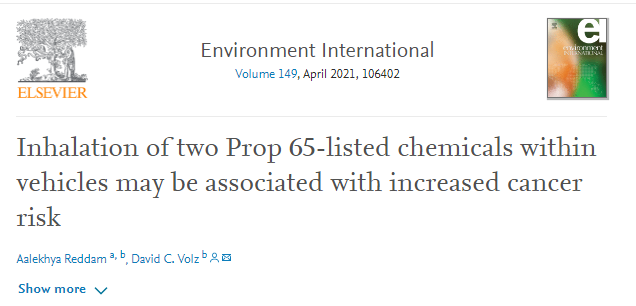
AalekhyaReddam et al.Inhalation of two Prop 65-listed chemicals within vehicles may be associated with increased cancer risk. Environment International.DOI:10.1016 / j.envint.2021.106402
California Proposition 65 (Prop 65 for short) lists chemicals that may cause cancer, birth defects and reproductive harm. Several chemicals from Prop 65 were detected in the vehicle: benzene, formaldehyde, DEHP, DBP, TDCIPP, DIDP and DINP.
Benzene and formaldehyde are volatile organic compounds, which are easily discharged into the air. Formaldehyde is often used for carpet, leather and paint in vehicles, and the high concentration of benzene in vehicles is closely related to the emission of fuel and exhaust gas. David Volz, a professor of environmental toxicology at the University of California, Los Angeles, said: "These chemicals are very volatile and can easily be transferred to the breathing air."
Researchers at the University of California Riverside believe that benzene and formaldehyde in the air pose a higher threat to the health of office workers than the harmful substances detected in the interior articles. They detected benzene and formaldehyde in the air inside the vehicle, while DEHP, DBP and TDCIPP detected in the dust inside the vehicle, and the median daily doses of formaldehyde and benzene inhaled from the air inside the vehicle were 379.51 and 161.97, respectively μ G/day. The median daily dose of DEHP, DBP and TDCIPP ingested from the dust in the vehicle was 9.77, 0.236 and 0.06, respectively μ G/day.
DBP, DEHP and TDCIPP are semi volatile organic compounds (SVOCs), which are more easily adsorbed on the surface of dust particles, furniture materials, plastics and other objects. DEHP and DBP are mainly used for car seat fabrics, interior and exterior decoration, etc.
TDCIPP is a common flame retardant used to make vehicle dashboard. The results of a two-year chronic toxicity study on mice showed that the oral intake of NSRL was 5.4 microgram/day for TDCIPP (NSRL was used to label the chemical substances that may cause cancer, and NSRL indicated that the chemical substances exposed to a certain product would cause no more than one cancer patient per 100000 cancer patients). In a year, if TDCIPP was taken from the diet every day, it might lead to liver The occurrence of renal and testicular tumors, and the dose of TDCIPP is related to the incidence of cancer.
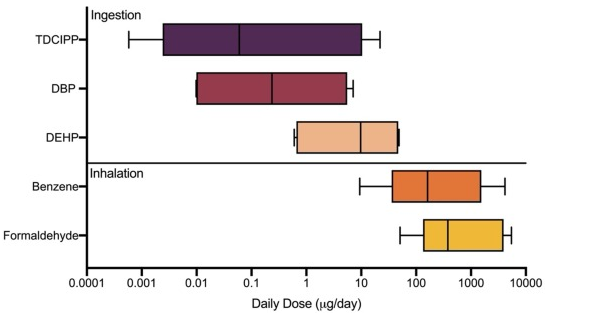
Estimated daily dose of TDCIPP, DBP and DEHP intake( μ G/day), estimated daily dose of benzene and formaldehyde inhalation in the air for 24 hours( μ G/day).
Assuming an adult stays in the car for 20 minutes every day, the estimated median doses of formaldehyde, benzene, DEHP, DBP and TDCIPP are 5.27, 2.25, 0.14, 0.003 and 0.0008, respectively μ G/day, this dose will increase with time. When staying in the vehicle for 240 minutes (4 hours), the estimated median doses of formaldehyde, benzene, DEHP, DBP and TDCIPP were 63.25, 27, 1.63, 0.04 and 0.01, respectively μ G/day. From these values, it can be seen that the concentration of chemical substances in the air inside the vehicle is higher than that in the dust.

Daily dose of chemical substances found in dust (A) and air (B) in the vehicle with commuting time( μ G/day) distribution
According to California regulations, the reference value of daily dose of special chemical substances is expressed in RfDs%, and the probability of exceeding the standard is taken as a function of the reference value of daily dose. When RfD%>100, it means that the daily dose of chemical substances ingested exceeds the safety range, and the probability of RfD%>100 depends on the type of chemical substances and commuting time. Benzene and formaldehyde are chemical substances with RfD%>100.
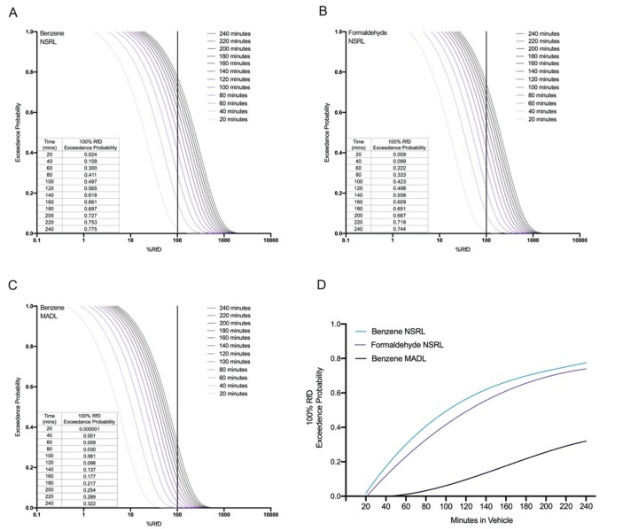
Cancer risk associated with exposure to benzene (A) or formaldehyde (B)
Excess probability curve of reproductive and developmental toxicity risk (MADL) related to benzene exposure (C)
Probability of RfD%>100 of three chemicals as a function curve of commuting time (D)
The content of chemical substances that may cause reproductive and developmental toxicity is marked with MADL. MADL says that even if an individual is exposed to 1000 times this level, it will not have a chemical effect.
The study authors believe that the probability of RfD%>100 for benzene related cancer risk varies from 2.4% to 77.5% when the commuting time is 20-240 minutes; For the cancer risk related to formaldehyde, the probability of RfD%>100 varies from 0.9% to 74.4%. In addition, the reproductive toxicity risk of benzene is also significantly lower than the cancer risk of benzene or formaldehyde.
The researchers believe that the emissions of these volatile organic compounds may decrease with the increase of vehicle age, total vehicle mileage, ventilation rate and the reduction of temperature or relative humidity in the vehicle. Corresponding measures can be taken to reduce the daily dose of harmful substances inhaled by commuters.
Reddam recommends that commuters keep the windows open as much as possible during the ride. "You will dilute the concentration of these chemicals in the car at least when the air is flowing," she said
"There should be substitutes for these chemicals," Volz said. "We should use substitutes."
In many regions, vehicle emissions have become the main source of air pollutants, including carbon monoxide (CO), carbon dioxide (CO2), volatile organic compounds or hydrocarbons (hc), nitrogen oxides (NOx) and particulate matter (PM). The increasingly serious traffic congestion may greatly increase the emission of these pollutants and reduce the air quality. According to epidemiological studies, emissions of pollutants will increase the risk of incidence rate and mortality of drivers, commuters and individuals living near roads.
In the next decade or more, due to the continuous urbanization, more and more people may be affected by transport related emissions (black smoke and ozone, etc.), and even increase the risk of non allergic respiratory infection and inflammation.
Source:
https://www.medsci.cn/article/show_article.do?id=f826e44906cc






